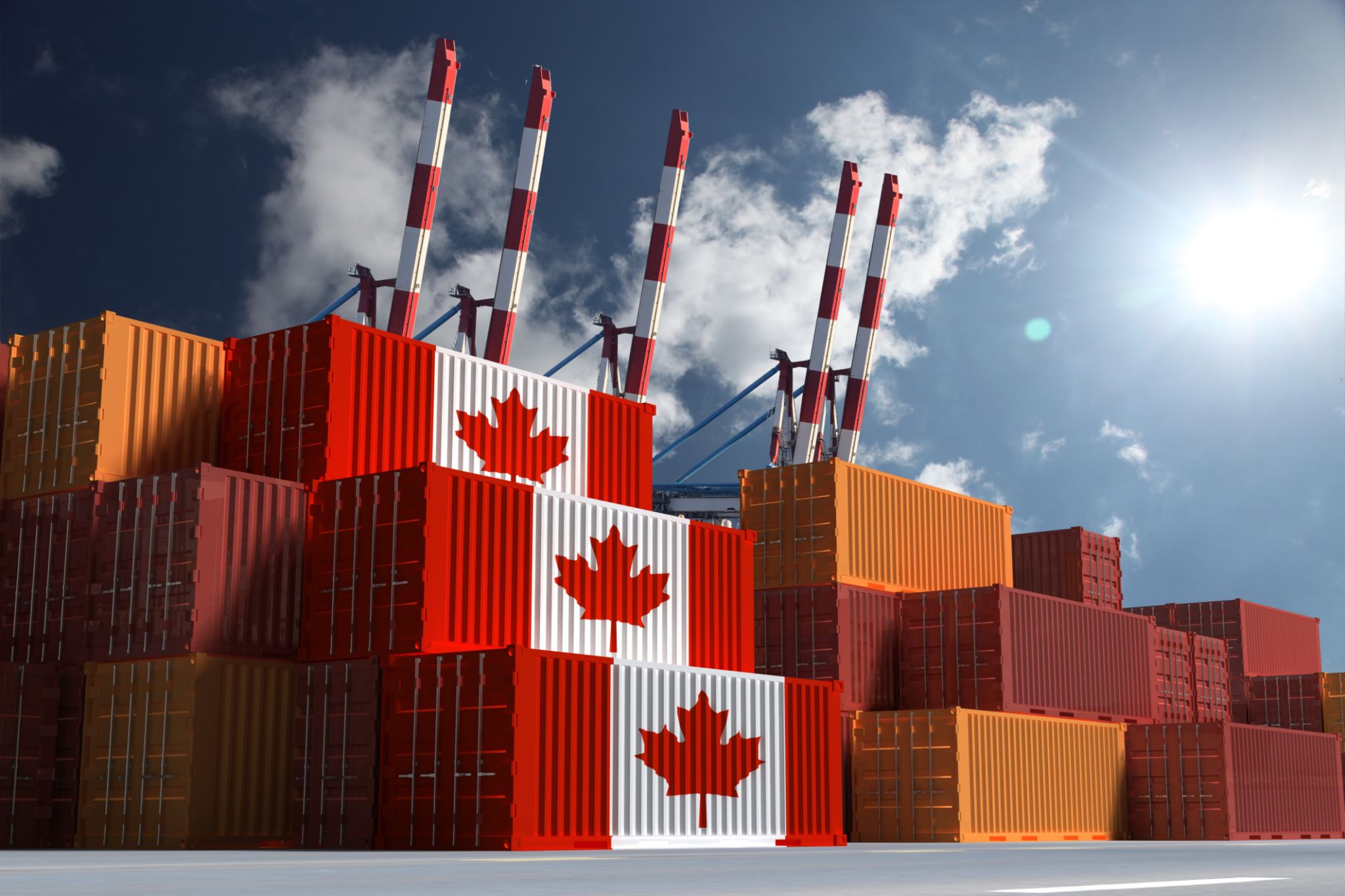Understanding Drayage: The Backbone of Baltimore's Port Economy
AS
Understanding Drayage in the Logistics Chain
Drayage is a pivotal component in the logistics chain, especially in bustling ports like Baltimore. It refers to the short-haul transport of goods, typically involving the movement of cargo containers from ships to a nearby location such as a warehouse or distribution center. Despite its brief journey, drayage plays a crucial role in ensuring smooth supply chain operations.
In Baltimore, a city with a rich maritime history, drayage is integral to the port economy. The Port of Baltimore is one of the busiest in the United States, handling millions of tons of cargo annually. This cargo needs to be efficiently moved from the port to various destinations, and that’s where drayage comes in.

The Role of Drayage in Port Operations
Drayage services are essential for the quick turnaround of freight at the port. By efficiently moving containers from the port to nearby logistics hubs, drayage helps in reducing congestion and maintaining the flow of goods. This is particularly important for time-sensitive shipments that require prompt delivery.
Moreover, drayage companies often work closely with customs officials and other regulatory bodies to ensure that all legal and safety requirements are met. This collaboration is vital to prevent delays and ensure compliance with international trade regulations.

The Economic Impact of Drayage
The drayage industry significantly contributes to Baltimore's economy. It provides numerous jobs, from truck drivers to logistics coordinators, supporting local employment and generating substantial revenue. The efficiency of drayage operations can directly influence the competitiveness of the Port of Baltimore on a global scale.
In addition to job creation, the drayage sector stimulates business for local service providers, including maintenance shops, fuel suppliers, and equipment manufacturers. These interconnected businesses create a robust economic ecosystem centered around port activities.

Environmental Considerations
While drayage is economically beneficial, it also poses environmental challenges, primarily due to emissions from diesel-powered trucks. To address these concerns, many companies are investing in greener technologies such as electric or hybrid vehicles, aiming to reduce their carbon footprint.
Baltimore's port authorities are actively working with drayage companies to promote sustainability initiatives. These efforts include incentivizing the use of eco-friendly vehicles and implementing more efficient routing systems to minimize fuel consumption and emissions.

Challenges and Opportunities
Despite its importance, the drayage industry faces several challenges, including infrastructure limitations, regulatory complexities, and fluctuating fuel prices. However, these challenges also present opportunities for innovation and improvement in logistics practices.
Technological advancements such as GPS tracking and digital freight matching platforms are transforming how drayage companies operate. These technologies enhance efficiency by optimizing routes and improving communication between stakeholders in the supply chain.
The Future of Drayage in Baltimore
Looking ahead, the future of drayage in Baltimore seems promising. As global trade continues to grow, the demand for efficient cargo movement will only increase. Investing in technology and sustainability will be key to ensuring that Baltimore remains a leading port city.
The collaboration between public entities and private businesses will also be crucial. By working together, they can overcome challenges and harness opportunities to strengthen Baltimore's position in the global logistics network.